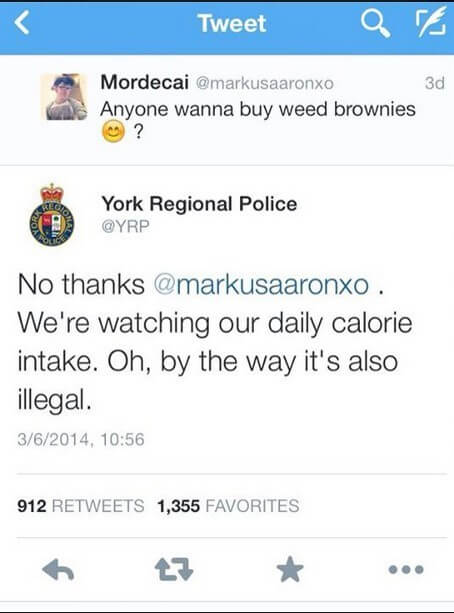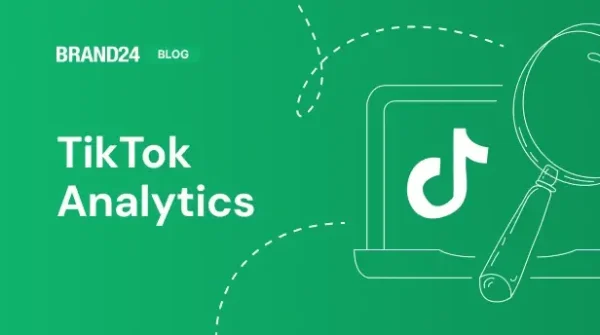9 Most Probable Reasons Your Social Media Strategy Fails

Your social media strategy is not as effective as you expected? Maybe you haven’t thought everything through. We collected 9 most common reasons for social media strategy failure. Read on and find out if you’re making the same mistakes.
I. You don’t have a plan
Even if you’re not the type of person that likes to have everything planned and organized you cannot let chaos into your social media strategy. You should design a plan with all the goals, channels, time-frames, methods and budged specified.

Naturally, a plan should be flexible, especially when it covers a long time span. Social media transforms constantly, the same as today’s consumers, so you should be always up to date with these changes and fine-tune your communication to them.
When creating a plan for your social media strategy you should start with setting up goals. The goals should be an answer to a question: “What andwhen exactly do I want to achieve?”. You should give a precise response that would include both an objective and time-frame. Here are the examples of properly defined goals:
- I want to grow my Facebook audience to 5,000 fans in 3 months.
- I want to increase the average exposure of my tweets to 20,000 users in 6 months.
- I want to generate a social media buzz around my brand to 10,000 mentions per month by the end of 2015.
All these goals have three important features in common:precision (the exact numbers we want to reach), time frame (exact deadline is given), measurability (number that can be verified). Speaking of measures, in the next step you should pick the right tool that would control if your efforts bring desired effects.
Most of social media platforms offer a developed analystics that help you understand your audience and that give you the most important statistics about your profile. However, not all the numbers can be verified with basic data. More demanding users who need advanced social media stats should try different solutions (e.g. Sotrender). On the other hand, if you want to be up to date with all the mentions about your brand you should try Internet monitoring.

When you know goals and ways to measure the progress, you should think of methods to reach them. Want to engage your followers? You should work on a content that would attract their attention and encourage them to interact. Want to increase brand awareness? Design a social media campaign with dedicated hashtag. There are many paths to reach your goals and it is up to you which one you take. However, remember to always monitor your results. If something’s not working you should find another solution. Be flexible!
Read: 3 Steps to Develop a Successful Social Media Strategy.
II. You are not responsive
The technology has changed the pace of our life. Easy and immediate access to the Internet made consumers impatient. They want the answer here and now. They are often willing to turn to another company if they have to wait too long for an information. This is why brands with an excellent customer service stand out from the competitors.
See also: Go an extra mile in customer service.
Your clients will appreciate when you answer their questions and solve problems. However, it is not the only thing that counts. You should also react to positive mentions about your brand. When a user recommends your brand on a profile you should simply thank him or her.
A perfect example of a very responsive brand is Sony Playstation. They use Internet monitoring to track online mentions about PS and playing games in general and then they interact with users on the spot. Thanks to their strategy they grew a huge circle of devoted fans.
III. You don’t follow stats and results of your efforts
A marketer without basic analytical skills will not make a good expert. If you want your strategy to work you have to track the progress and results. What’s even more important, you need to be able to draw conclusions from data.
All these fancy numbers and charts that can be found in the analytics section conceal answers for most of the questions concerning your strategy progress. If something is not going the right way data will tell you what has been done wrong.
See also: What you can learn for Internet monitoring data.
IV. You don’t show a human side
This is a very common mistake that brands still make. They try to be highly professional and communicate officially also on their social media profiles. They forget about one thing: social media character is totally different. SM platforms shorten the distance between a consumer and brand. Thus, communication through these channels should be less formal.

Don’t try to hide behind your 5-word professional title. Show your human face. Consumers are fed up with cold calls and automated messages. They prefer to be served by people who would pay attention to their individual needs and help solve problems.
See also: How to personalize your marketing communication.
V. You don’t use CTA
Engaging your followers is not an easy job. You have to compete with millions of other sources of content to stand out in the online arena. Thus, regular activity on your Facebook page or Twitter account might not be enough to win your audience and increase their engagement.
You should always include some kind of a call-to-action when you post on social media. If you share an article, ask people if they agree, if you promote an event encourage them to participate, if you share a video you created ask them to share their thoughts, etc. Do you get the picture? Always give your audience an incentive to leave a comment under your post or tweet.
What’s more, Facebook also gives you an option to install a CTA on your FB page. It is a good way to achieve your results more effectively. You can set up different buttons depending on your goals.


VI. You don’t speak your audience’s language
This point is also very important in social media communication. You should find a tone for your content and then stick to it. In order to do it, you should ask yourself a few questions:
- How do you want your brand to be perceived?
- If your brand was a human what qualities would it have?
- What adjectives would you want to describe your brand?
- Who are my followers?
- What kind of relation do you want to create between your brand and audience?
When you find answers to all these questions you can outline a profile of your brand and develop your own style of communication.
VII. You don’t test different options
You already know you should track data in analytics dashboard, as it gives you an overview on your strategy progress. However, if something is working properly it does not mean it cannot be even better. Thus, you should try different things to see what’s best for you.
Experiment with posting time and frequency to see which options bring you the highest reach and engagement. Post on different days and time and change posting frequency in a defined period (a month or two) and then specify when your content is the most effective.
Also you can run a test for sharing articles you publish on a blog. Post an article with a certain photo and in the next 2-3 weeks share the same article with a different graphic. Then check which one generated more traffic to the blog.
VIII. You don’t adjust your message to different channels
Publishing exactly the same content across all the platforms you own is a waste of your time and energy. Each social media network has its own rules and possibilities. This is why, depending on your goals, you should adjust communication to each platform separately.
IX. You lack consistency
Last but not least, you should always be consistent with your brand image. One of the most valued qualities in brands nowadays is honesty. People are overwhelmed with the amount of ads that are far from the truth, so they are putting more trust in brands that are consistent, genuine and do not try to trick customers.
What’s more, your current audience follows your profile because they like the stuff you publish or they want to support your business. However, when you suddenly change your communication to something that does not reflect your brand image, you may lose your devoted followers.
What other social media mistakes do you know? Leave us a comment!
Related articles



![4 Most Important Boeing Competitors in 2025 [Detailed Comparison]](https://brand24.com/blog/app/uploads/2025/04/boeing_competitors_digital_marketing_blog_cover_615x345-600x335.webp)

